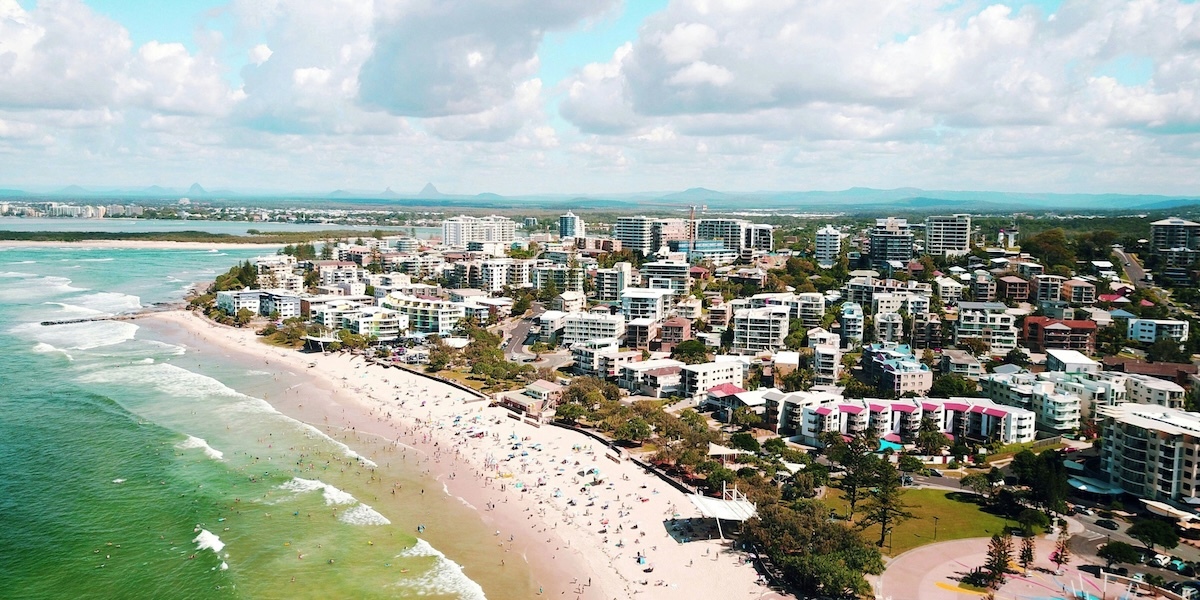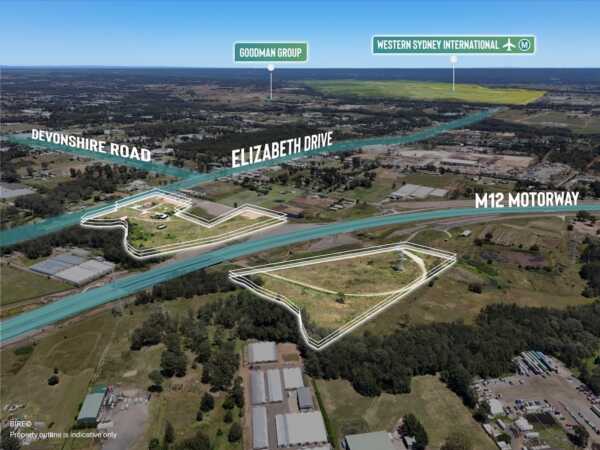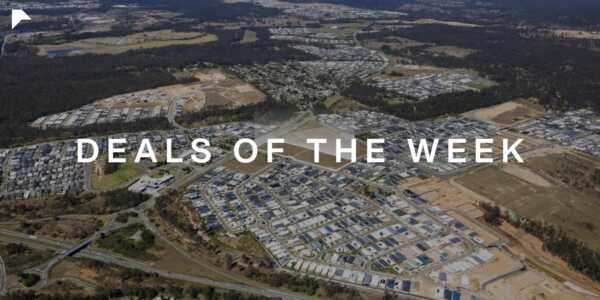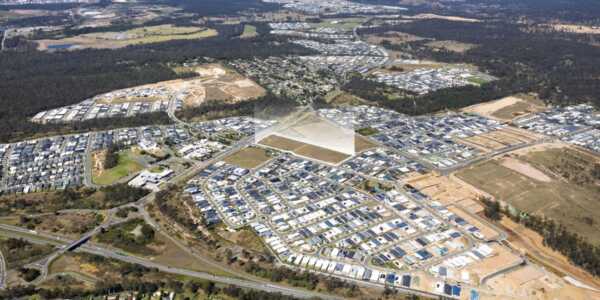While other teenagers were juggling shifts at the local café, Paul Butler was cutting his teeth in property management at his parents’ Ray White Caloundra agency.
“I was in Year 10, working in property management, carrying around signs and helping out Mum and Dad and the sales agents,” Mr Butler said.
That early start laid the groundwork for a career spanning more than 30 years.
After studying business and majoring in property, he became a valuer focused on mortgage security and project work.
“After ten years of that, I really didn’t want to walk through another house,” he said. “The commercial space suited me better - it was more technical, more maths-based.”
As a Director of Ray White Commercial Noosa & Sunshine Coast since 2005, Mr Butler has built a reputation for solving complex property problems, repositioning assets, and tracking the region’s rapid transformation.
In this interview, he shares his thoughts on what’s changed, what’s next, and where smart investors should be looking right now.
Sunshine Coast’s Steep Ascent
The Sunshine Coast’s commercial property market has surged since the pandemic, with Mr Butler at the centre of the action.
“Post-COVID, the huge run in Sunshine Coast property has been incredible. It’s outperformed everything in terms of price growth, rental growth, and yield compression to date,” he said.
“Industrial was the initial winner because of its availability and ease of development, as well as larger scale sheds. The popularisation of the “man” shed has been huge - everybody seems to have one these days, and prices for them have risen substantially.”
High-street retail has also performed strongly, with Hastings Street in particular seeing serious movement in both rents and yield compression.
“Rents and sale prices have moved as retailers look to get out from under the large centres and into quality strip retail,” he said.
“The quality of tenants has increased significantly, and the demand from national and international tenants for that street has grown, and we are now looking to backfill in areas such as Mooloolaba Esplanade, which we see as undervalued in comparison.”
He attributes this shift to changing local demographics.
“The Sunshine Coast has evolved from a traditional medium-income coastal area to one attracting a lot of high-net and ultra-high-net-worth individuals,” he said, naming Noosa, Minyama, Deepwater Mooloolaba, the beachside strip from Buddina to Currimundi and Caloundra’s waterfront as key pockets.
“These people have brought significant wealth into the region and changed the landscape in terms of shopping, dining, and service expectations.”
Where the Smart Money’s Going
Medical assets are firmly in focus.
“Long-term investors can’t help but see the increasing need for medical services as our population both grows and ages,” he said.
“Buyers view them as stable, long-term investments - a safe home for their money.”
Savvy investors are also repositioning existing assets, converting them into higher-value offerings to attract better-quality businesses and rents.
Mr Butler said Caloundra remains an under-the-radar growth story.
“It’s relatively affordable on a per-square-metre basis, and many properties have development upside due to favourable zoning.”
Across the region, development activity is ramping up, driven by the upcoming Olympics and a pressing housing shortage.
“Council is offering incentives for developers to build hotel stock ahead of the Olympics, to help accommodate visitors, and there’s a fair bit of activity around projects that support that outcome,” he said.
New Challenges, New Rules
Mr Butler said investor behaviour had changed to suit market conditions.
“Investors have factored in a number of changes over the past 12 to 18 months, especially at the retail level for investments under $5 million,” he said. “Land tax, for example, is being considered much more closely than it used to be, and investors are looking at that tax position in relation to yield and factoring in future value growth.”
One misstep he sees often? Underestimating delays.
“The main issue developers and anyone undertaking projects are facing is the time it takes to get a product to market,” he said.
“That’s blown out significantly due to a mix of red tape and builder availability and scheduling. It’s getting harder and harder - with obvious impacts on pricing.”
Advice For First-Timers
With lifestyle buyers eyeing the region and infrastructure on the rise, he says the Sunshine Coast is well-placed compared to other regional and coastal hotspots.
“The further north you go, the more you rely on a single industry, such as mining or tourism,” he said. “The Sunshine Coast has a much more diverse business and industry base.
And with its proximity to Brisbane making most of the region almost commutable, the advantages keep adding up.
“From a location, climate and environment point of view, the Sunshine Coast stacks up as one of the best places in Australia to live.”
For those looking to invest on the Sunshine Coast for the first time, his message is simple.
“Follow the traditional rules of real estate - look for a quality position and a quality product. If you’re close to major infrastructure or major town centres, you won’t go backwards.”









